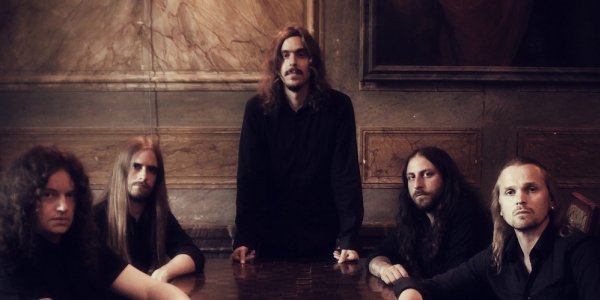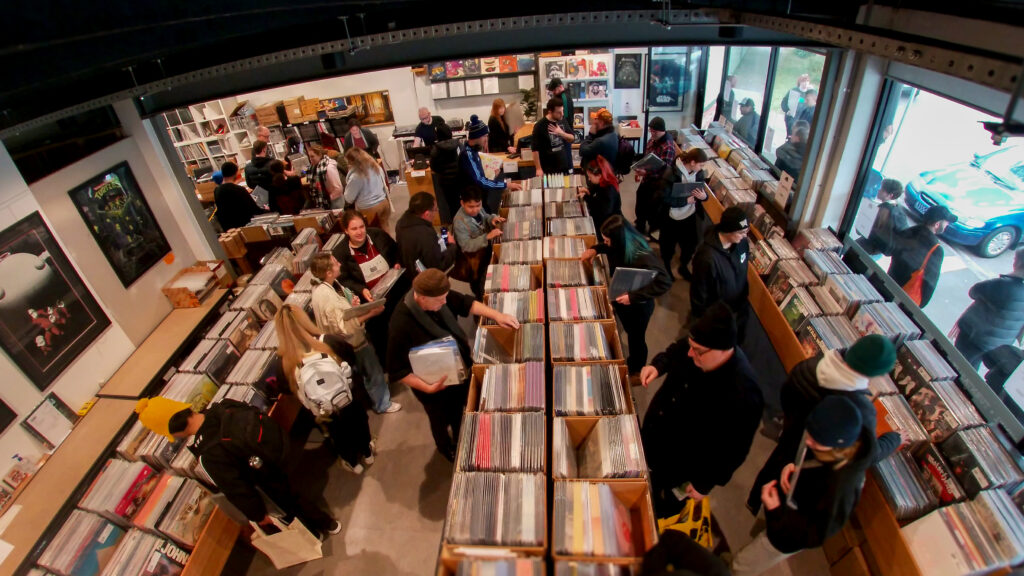Some corners of the fanbase rejected the new style outright. Others found themselves loving Opeth even more, because the band took those progressive influences and brought them to the fore. Not the progressive metal sound but good old fashioned ‘70s-style progressive rock a la Mahavishnu Orchestra, Rainbow and Yes. Australian fans will get to hear how Pale Communion fits in with the overall Opeth tour this May when the band visits for a handful of shows.
There’s something very ‘Laurel Canyon Occultist’ about the sound of Opeth today, with jazzy drums, fusion-inspired guitar lines and lush vocal harmonies. As frontman, Mikael Akerfeldt explained upon Pale Communion’s release, “A lot of metal fans might be sad to hear I went into old man’s rock territory. I was listening to Crosby, Stills, Nash & Young, and I was introduced to David Crosby by Steven Wilson, who played me his first solo record, and obviously he was in The Byrds and he’s a master of vocal harmonies. I picked up on that, and there was a time when I was writing this record when I figured I wanted to do harmony vocals all the way through. Like, only harmony vocals.”
Aussie audiences have always been particularly receptive to Opeth, no matter where their sonic music takes them. “I believe this is my fifth tour with Opeth in Australia,” guitarist Fredrik Åkesson says. “I think we came down two times with each of the last two albums.” Fans of previous records needn’t fear: the lack of death vocals on the last two albums doesn’t mean the earlier tracks will now have lush vocal harmonies instead of growls. “Basically we stay very true to the originals for the older material,” Åkesson says. “And of course we want to do the same with the new stuff. One thing we’ve started to do on the gear side of things is start using PRS guitars with piezo pickups that allow us to replicate the sound of acoustic guitars. That’s been a real big thing for our live sound because the older material often switches quite quickly between a full distorted sound and an acoustic guitar with fingerpicking. That’s been really good for the sound. It works great for the new stuff and the old stuff as well. It puts it into another dimension live because we’re not using a clean electric guitar sound for the acoustic parts. It’s much closer to the real deal.”
As is often the case when chatting with a lead guitarist, Åkesson is quite gear-focused; he has a signature guitar model through Paul Reed Smith and likes to collect interesting gear. In the studio, he uses Marshall’s signature Yngwie Malmsteen amplifier – another Swedish guitar virtuoso who is touring Australia soon – and is always looking for unique new sounds. “I have a few amps,” he understates with a wry smile. “I have the JVM Joe Satriani Marshall which works really good. I have quite a few guitars. I bought a Gibson Les Paul Junior from 1955 a while back. The latest guitar I picked up was a Japanese ’72 Fender Stratocaster reissue, and it’s fun to play that around the house, but I mainly play my PRSes. I also have a 1972 Gibson SG. I was born in 1972, and it sounds brilliant, that guitar.”
Åkesson has an extensive musical education and can integrate complex music theory into his music without coming off sounding like a music school robot. “I started playing violin as a kid before I started playing guitar,” he says. “I wasn’t totally into it but it was probably good training for the guitar. I started that when I was six, seven years old or something. I bought my first guitar when I was about 10 and in the beginning it was just a few chords and a few riffs from AC/DC, mainly. Then after a while it was guys like Gary Moore, Michael Schenker, Yngwie Malmsteen, Richie Blackmore, Tony Lommi, and Adrian Smith. That evoked my interest, and I started practicing a lot more. By the time I was 15, or 16, I was practicing eight hours a day. I’m still trying to come back to that state. Some days I can do it. But you have kids and you have more stuff to do and more responsibilities. But on the road I have more hours to kill so I try to play a lot more. You can always get better, you know? That’s why it’s so fun playing guitar. I try to maintain that hungry 16-year-old-boy kind of attitude.”
BY PETER HODGSON







